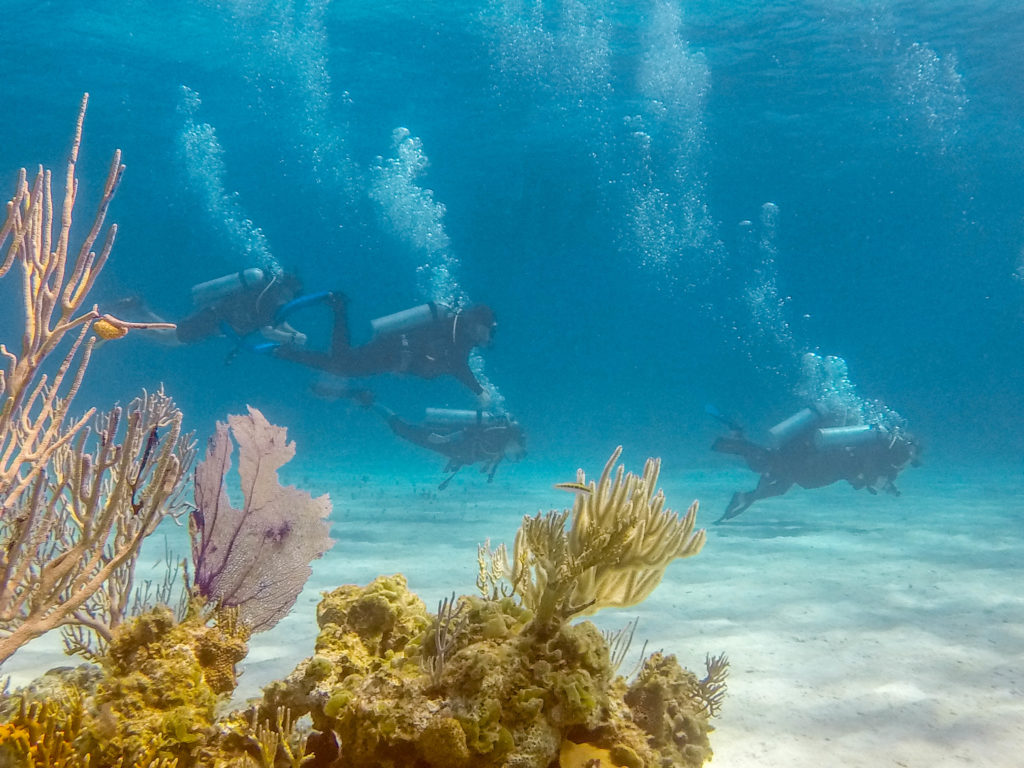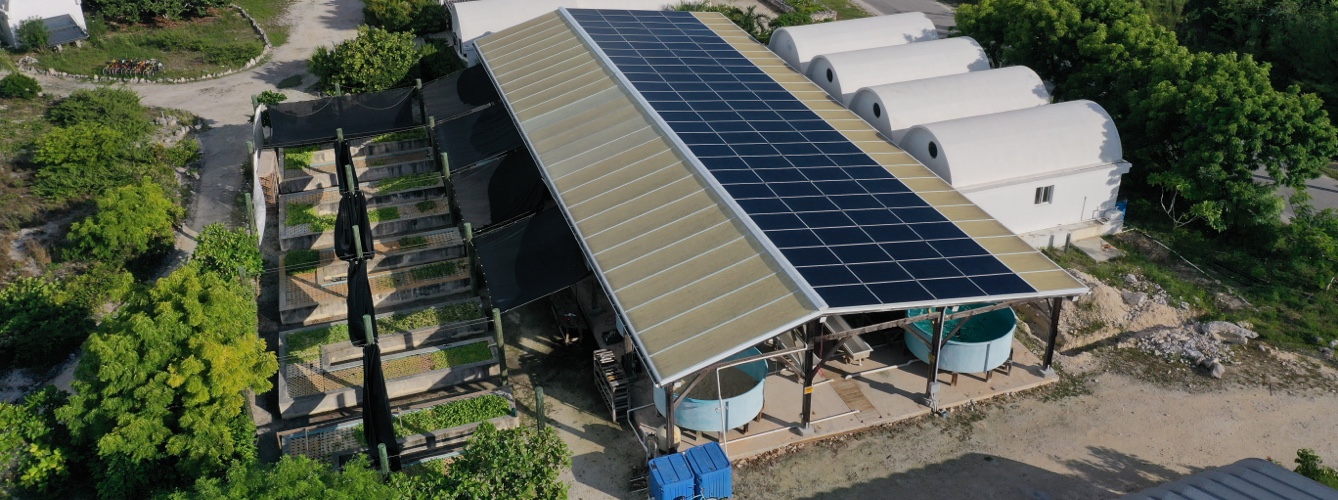Coral Reefs
Restoring the Rainforest of the Sea
Coral reefs, known as the “rainforest of the sea,” support 25% of all marine life, and they provide essential goods and services that boost the local economy in The Bahamas, but some corals species, such as staghorn and elkhorn, are endangered, because local and global stressors are killing reef populations faster than they can recover and reproduce; therefore, our researchers at The Bahamas Coral Innovation Hub (BCIH) are combining both proven and innovative coral restoration techniques to speed up and improve the reefs’ natural recovery process in South Eleuthera.
The BCIH project is a collaboration between the Cape Eleuthera Institute (CEI), Perry Institute for Marine Science (PIMS), and The Nature Conservancy (TNC) and aims to develop, implement, and disseminate 3 scalable coral restoration strategies:
- Nursery-reared coral fragments
- Coral microfragmentation
- Larval propagation
For more information about our projects, contact coral@islandschool.org.
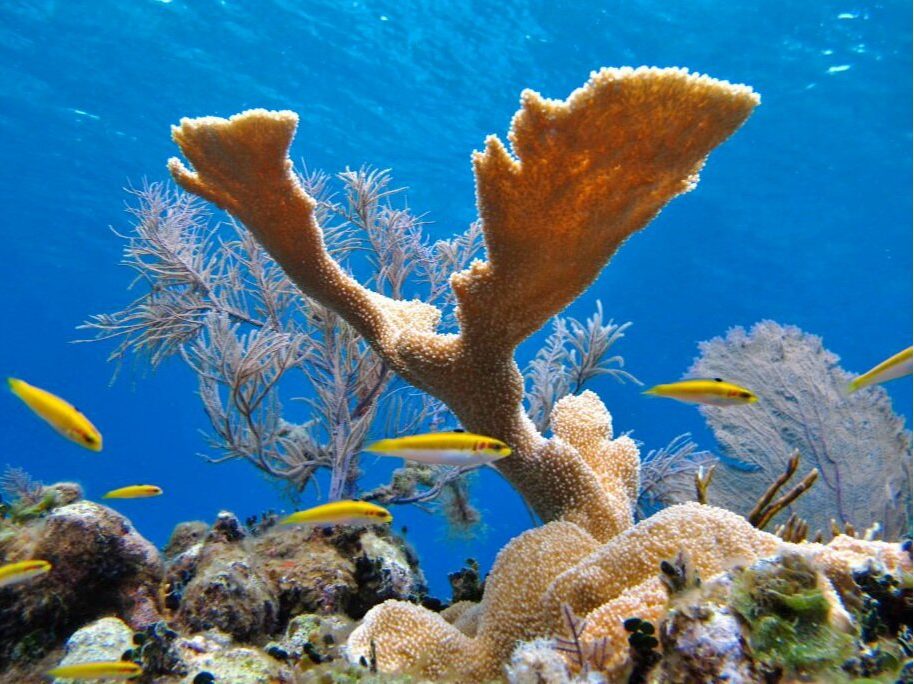
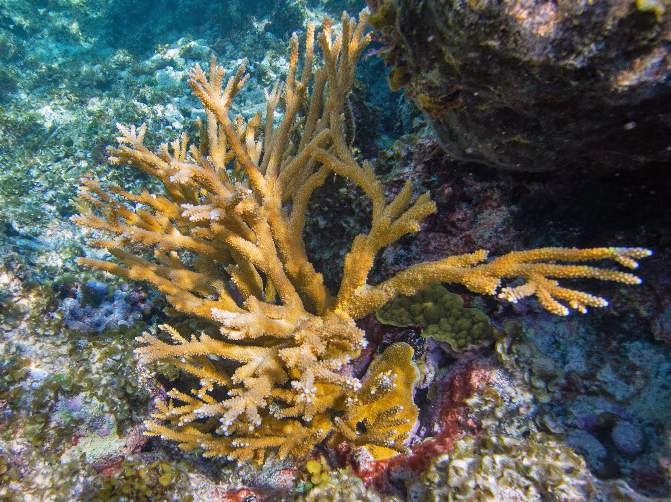
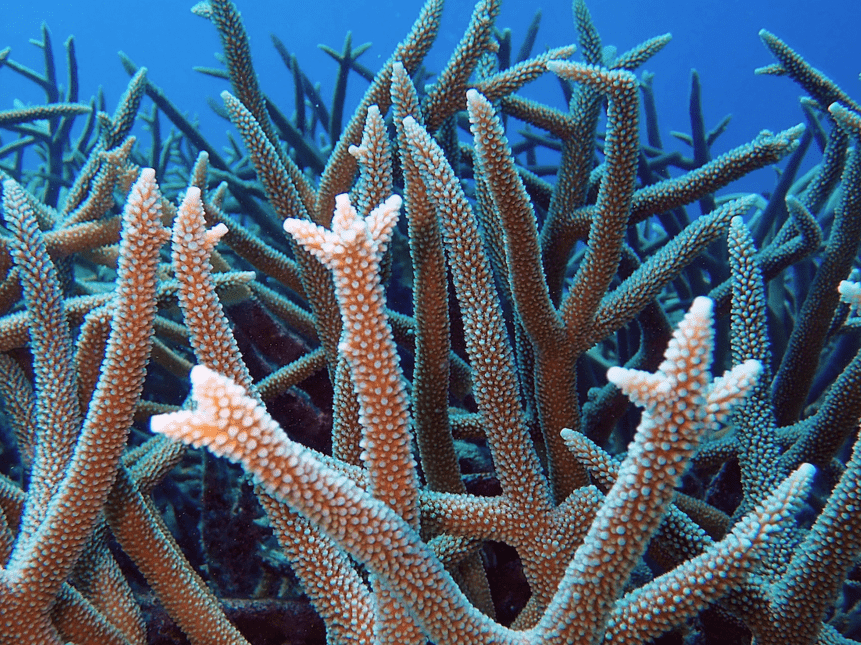
Our coral nursery is located at a site off South Eleuthera called Tunnel Rock. We are currently working with:
- Over 30 genotypes
- 4 different species (elkhorn, staghorn, fused staghorn, & mountainous star coral)
- 20 nursery trees
- Over 2,000 corals in the nursery.
In 2021-22, we are implementing an Acroporid Local Diversity Project, which aims to use artificial reef structures and direct outplanting techniques in combinations of different genotypes per species to examine the best methods for outplanting, while also identifying resilient genotypes local to Eleuthera.
Micro-fragmentation
Large slow-growing boulder corals, such as brain and star corals are key reef-building species on Bahamian reefs; however, they have been excluded from many coral restoration projects. We are experimenting with a relatively new coral growth technique called “microfragmentation, which also utilizes the asexual reproductive strategy of corals.” This process consists of cutting fragments of the same coral colony into small pieces (1-5 cm) and placing them close to each other to grow. The clone fragments eventually recognize each other and fuse, growing 25-50 times faster than normal.
With our work, we document the most successful microfragmentation methods needed to upscale our efforts to restore as many boulder coral species as possible. We also investigate the survivorship and growth of microfragmented boulder corals in our land-based wetlab facility that will help to upscale our efforts in the field.
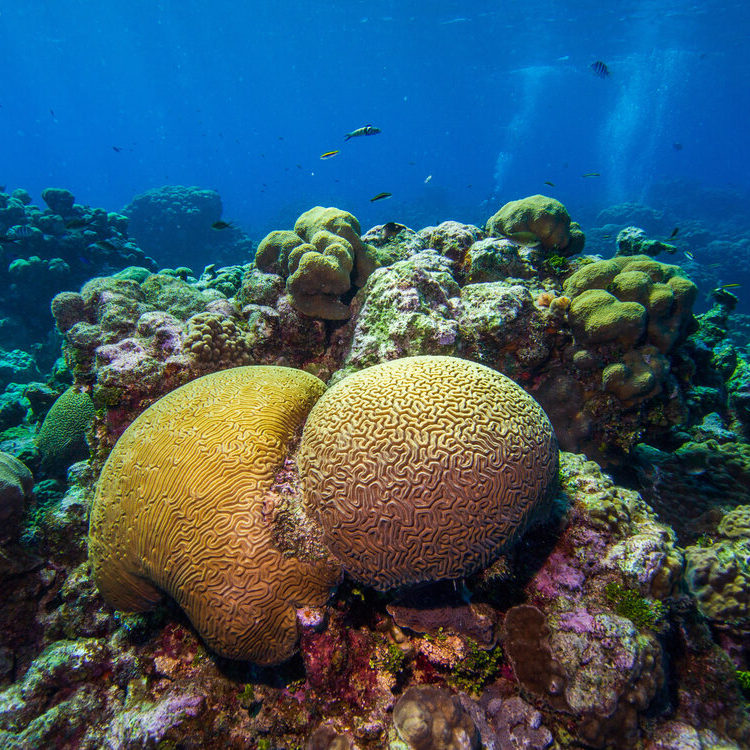
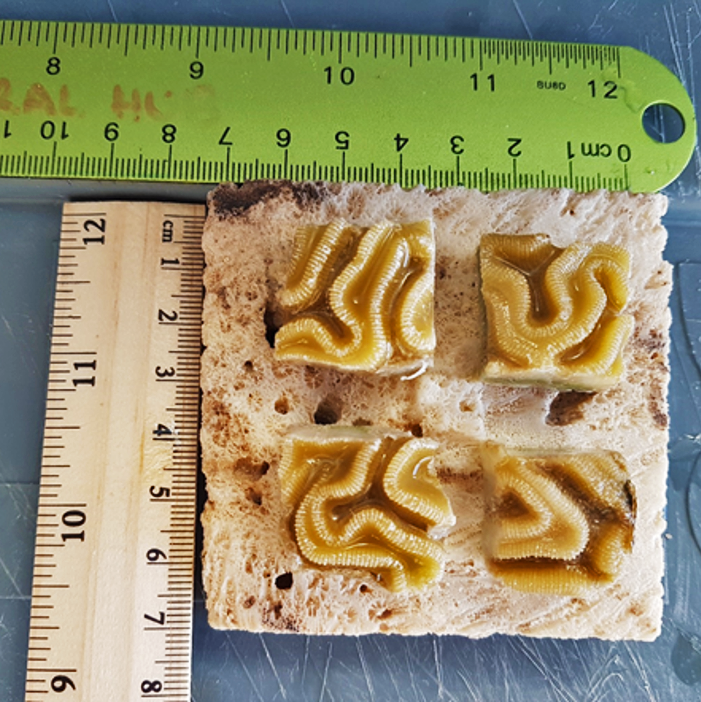
The Island School Stories
Our main goal is to innovate restoration techniques and integrate scientific research to maintain the genetic diversity of coral reefs and rehabilitate degraded reefs at a larger scale. In a collaboration with the Perry Institute for Marine Science (PIMS) and The Nature Conservancy (TNC), The Bahamas Coral Innovation Hub was created to develop, implement and disseminate scalable coral restoration techniques to help counteract coral reef decline.
Larval Propagation
Corals maintain their genetic diversity through sexual reproduction. On many reefs, coral spawning occurs as a mass synchronized event that is dependent on the lunar cycle, time after sunset, and other various environmental cues. With this knowledge, our researcher calculated the 2021 spawning predictions for The Bahamas and with more observations, will continue to perfect spawning times for more species.
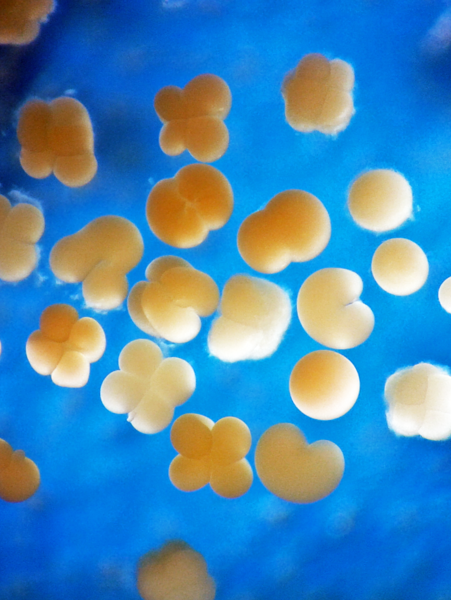
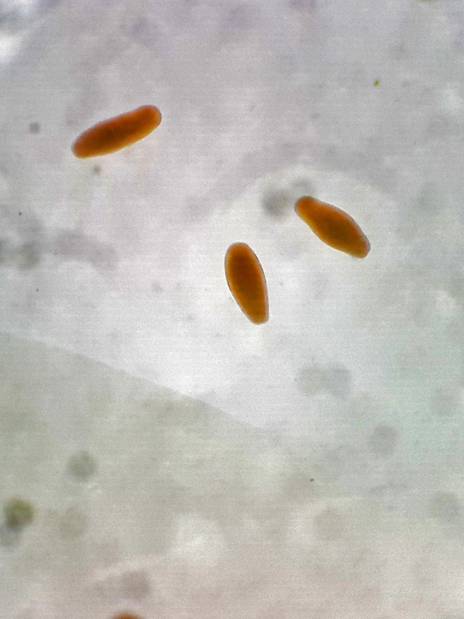


Our objective is to implement innovative larval propagation and coral husbandry techniques to enhance genetic diversity on degraded reefs. We do this by collecting coral gametes during spawning events and cross fertilizing them to produce thousands of genetically distinct corals to outplant on the reef.
We work closely with SECORE International to test different spawning substrates called “Seeding Units.” So far, we have:
- Calculated spawning prediction for 8 Caribbean species
- Outplanted around 2,000 settlement units to the reef with coral recruits
- Successfully reared mountainous star coral in the nursery and lab

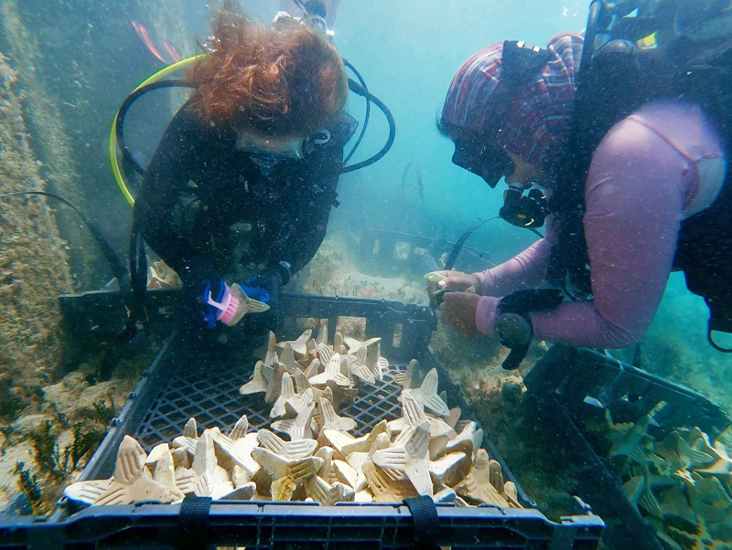
Student Involvement
BCIH works closely with Semester and Deep Creek Middle School students from The Island School to involve students in our research activities. Students that work with us gain a basic understanding of coral reef ecology, and how we use various restoration strategies to help facilitate the recovery of degraded Bahamian reefs.
Our nursery is part of the Reef Rescue Network and students who work with us have a unique opportunity to complete the PADI Reef Rescue Diver Specialty Course. This course was developed by Hayley-Jo Carr, Training Director & Coordinator of the RRN, and Dr. Craig Dahlgren, Executive Director of the PIMS. The Reef Rescue Diver Specialty and RRN were both created by PIMS, with the goal of rehabilitating coral reefs by working with various partners to establish a network of coral nurseries around The Bahamas and other parts of the Caribbean.
